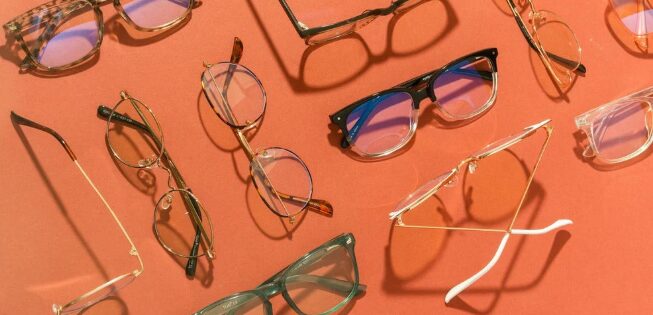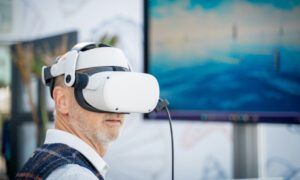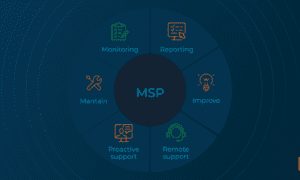In today’s screen-driven world, eye strain and digital fatigue have become common complaints. As a result, blue light glasses have surged in popularity, often seen as a must-have for anyone who spends long hours in front of computers, smartphones, or tablets. But how do blue light glasses compare to prescription glasses? Can they be combined? And most importantly—do they really work? Let’s take a closer look at the truth behind these two types of eyewear.
What Are Blue Light Glasses?
Blue Light Glasses are designed to filter out a portion of high-energy visible (HEV) blue light emitted by digital screens and artificial lighting. Prolonged exposure to this blue light, especially in the evening, may interfere with sleep patterns and contribute to digital eye strain.
Potential benefits of blue light glasses include:
- Reduced eye fatigue
- Fewer headaches
- Improved sleep quality (especially when used in the evening)
- Less screen-related discomfort
However, it’s important to note that while blue light filtering can reduce glare and visual stress for some, scientific evidence supporting dramatic benefits is still evolving. Some studies suggest the effect may be subtle, and individual experiences vary.
What Are Prescription Glasses?
The prescription glasses are customized eyewear made to correct vision problems such as nearsightedness, farsightedness, astigmatism, or presbyopia. They help refocus light properly on your retina, ensuring clear vision.
Prescription glasses are essential for people who:
- Have a diagnosed refractive error
- Experience blurry vision or eye strain due to improper focusing
- Need visual aid for reading or distance
Prescription glasses come in many forms: single-vision lenses, bifocals, progressives, and more. They are prescribed by an optometrist or ophthalmologist after a comprehensive eye exam.
Can You Combine Blue Light and Prescription Glasses?
Yes, and in fact, many people do. Blue light filtering can be added to prescription lenses as a coating or built into the lens material. This means you don’t need to switch between two pairs of glasses—you can enjoy vision correction and blue light protection in one frame.
Benefits of combining both:
- Clear, corrected vision
- Reduced digital eye strain
- Convenience and style in one pair
If you spend most of your day using screens and also require vision correction, combining both technologies can be practical and beneficial.
Do You Really Need Blue Light Glasses?
This is where the truth gets nuanced. While blue light glasses may help some people feel more comfortable during prolonged screen use, they are not a medical necessity for most. Eye strain is often caused more by screen habits (like not blinking enough or staring too long) than blue light itself.
Tips to reduce digital eye strain, with or without blue light glasses:
- Follow the 20-20-20 rule: every 20 minutes, look at something 20 feet away for 20 seconds
- Use proper lighting and reduce screen glare
- Adjust screen brightness and contrast
- Take regular breaks from screens
- Keep your prescription up to date if you wear glasses
Final Thoughts
Blue light glasses can be a helpful tool for those who experience discomfort during extended screen time—but they’re not a cure-all. When combined with prescription lenses, they offer convenience and potential relief for digital eye strain. However, maintaining good screen habits and getting regular eye exams remain the most important steps for protecting your vision.
Before buying blue light glasses—especially if you already wear prescription lenses—consult an eye care professional to find the right solution for your needs.



































